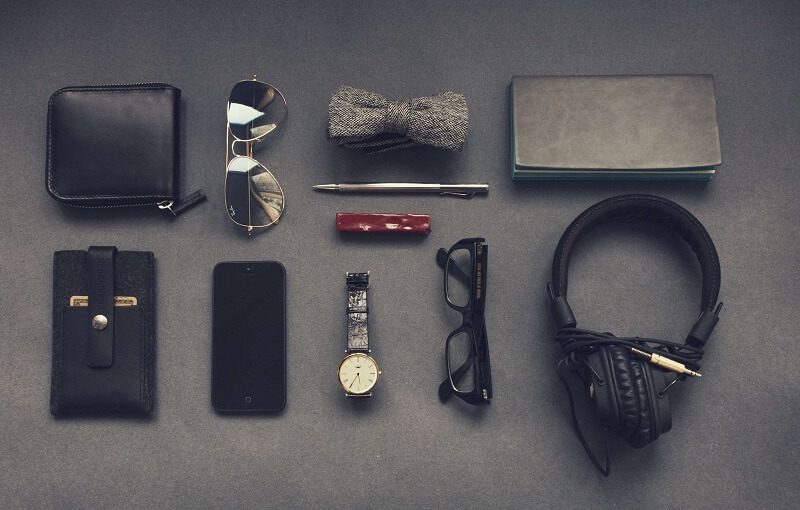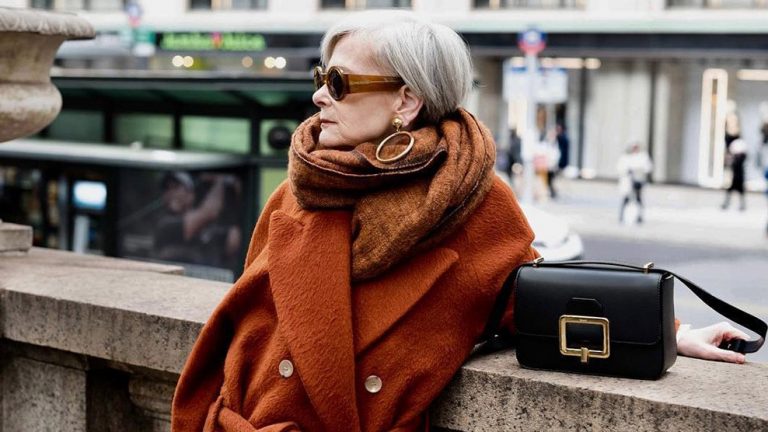Fashion is more than just clothing; it is a form of self-expression, a reflection of culture, and an industry that constantly evolves with the times. From the runway shows of Paris to the street styles of Tokyo, fashion influences how we perceive the world and ourselves. In this article, we will delve into the fascinating world of fashion, exploring its impact on society, the role of sustainability, the influence of technology, and the timeless appeal of vintage styles.
The Impact of Fashion on Society
Fashion plays a significant role in shaping societal norms and individual identities. It is a powerful medium through which people express their personalities, beliefs, and social status. Fashion trends can influence everything from gender norms to political movements, highlighting the industry’s ability to drive change and reflect societal shifts. For instance, the rise of gender-neutral clothing challenges traditional gender roles and promotes inclusivity. Similarly, fashion movements advocating for body positivity and diversity are reshaping industry standards, encouraging designers and brands to create more inclusive and representative collections.
The Rise of Sustainable Fashion
In recent years, there has been a growing awareness of the environmental and ethical impacts of the fashion industry. Sustainable fashion has emerged as a vital movement aimed at reducing the negative effects of fashion production and consumption. This movement advocates for eco-friendly materials, ethical labor practices, and reduced waste through recycling and upcycling. Consumers are increasingly demanding transparency and accountability from brands, pushing the industry towards more sustainable practices. By choosing sustainable fashion, individuals can contribute to a more environmentally friendly and socially responsible industry.
Technology’s Influence on Fashion
Technology has revolutionized the fashion industry, from design and manufacturing to marketing and retail. Innovations such as 3D printing, AI-driven design tools, and virtual reality fashion shows are transforming how clothes are created and presented. Technology also enhances the shopping experience through personalized recommendations and virtual try-ons, making fashion more accessible and convenient. Social media platforms have become crucial in shaping trends and connecting designers with global audiences. The integration of technology in fashion not only streamlines processes but also opens up new possibilities for creativity and engagement.
The Timeless Appeal of Vintage Fashion
Vintage fashion continues to captivate fashion enthusiasts with its nostalgic charm and unique styles. Vintage pieces offer a glimpse into the past, showcasing the craftsmanship and design sensibilities of different eras. The growing interest in vintage fashion is also driven by a desire for sustainability, as buying second-hand reduces the demand for new production and minimizes waste. Vintage clothing allows individuals to curate distinctive wardrobes that stand out from mainstream trends. Whether it’s a classic ’50s dress or a retro ’90s jacket, vintage fashion offers endless possibilities for personal expression and timeless style.
Fashion as a Form of Art
Fashion is often regarded as a form of art, where designers use fabric, color, and texture to create wearable masterpieces. Haute couture, in particular, exemplifies the artistic aspect of fashion, with intricate designs and meticulous craftsmanship that rival any traditional art form. Fashion shows are theatrical performances that blend music, choreography, and visual storytelling, showcasing the designer’s creative vision. By viewing fashion through the lens of art, we can appreciate the ingenuity and skill that go into creating each piece, recognizing the industry as a vital cultural and artistic force.
Fashion is a dynamic and multifaceted industry that continually shapes and reflects our world. From its societal impact to the rise of sustainable practices, the influence of technology, and the allure of vintage styles, fashion offers endless opportunities for exploration and expression. As consumers, we have the power to influence the industry through our choices, supporting movements and trends that align with our values. Embrace the ever-evolving world of fashion, and let it inspire you to express your unique identity and contribute to a more inclusive and sustainable future.



